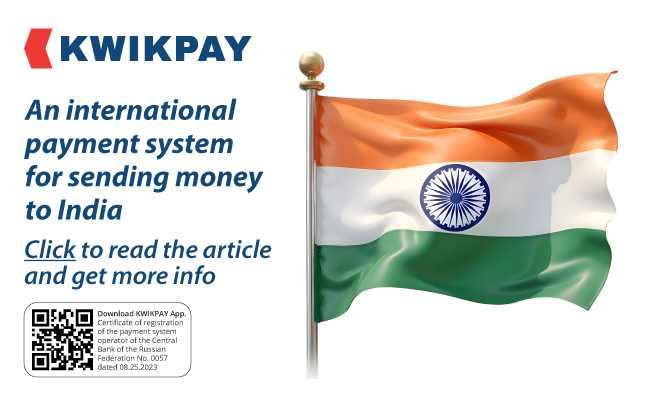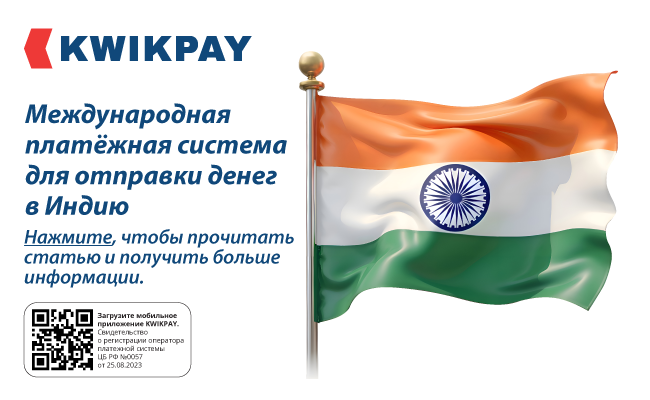






During the heyday of globalization in the 1990s-2000s, when all economics textbooks praised free trade, they also paid attention to the regulation of foreign trade relations, highlighting both tariff and non-tariff barriers (NTBs). As the author of the 2006 textbook "International Economics," I took great interest, primarily for my own understanding, in highlighting this issue. At that time, international economists were well aware that the European Union (EU) excelled in using NTBs, which allowed European countries, under the hypocritical banner of low import customs duty rates, to reliably protect their markets from foreign competition. Textbooks used the concept of "tariffication of non-tariff barriers," i.e., converting the total "capacity" of NTBs into a tariff equivalent. Research was conducted on the quantitative level of this concept, and it yielded shocking results: for imported products in European markets, the actual level of tariff and non-tariff protection amounted to hundreds of percent (!!!) against a nominal duty rate of, for example, 5%.
This is how Europe, under the cover of free trade rhetoric, pursued its subtle but highly effective protectionist policy. Let me reiterate, this was very well known and wasn't even an open secret. Everyone knew about it, but for a time, this protective technology of the EU worked perfectly within the globalist world order, until D. Trump rebelled and decided to completely dismantle this pseudo-market order. But Trump, as is known, "broke" Europe in the tariff area – 15% on imports of European goods into the USA and 0% on imports of American goods into Europe. Yes, this is a major achievement, considering that before this, tariff rates were generally close to the opposite. For example, duties on imports of German passenger cars into the USA were 2.5%, while the reverse flow was 10%. Such a difference partially explains Germany's tenfold trade surplus in automobiles with the USA.
However, Trump's tariff victory will not completely solve the problem of the chronic negative trade balance with the EU without resolving the issue of NTBs, especially in the high-tech sector, primarily in digital services markets.
Europe is aware of its significant lag behind the USA in the digital sphere, the inability of even the most advanced digital companies to compete on equal terms with American giants, and therefore is building a huge regulatory framework to curb the penetration of foreign TNCs into local digital services markets.
In recent years, the EU's aggressive approach to regulating large digital companies includes substantial fines and compliance burdens under the General Data Protection Regulation (GDPR), the Digital Markets Act (DMA), the Digital Services Act (DSA), and the Artificial Intelligence Act (AI Act). The UK has also introduced similar laws - the Digital Markets, Competition and Consumers Act (DMCCA) and the Online Safety Act (OSA). While these measures are ostensibly aimed at protecting European consumers and ensuring fair competition, they disproportionately impact American technology companies and appear structured so that the regulatory burden falls heavily on the US tech sector, while generating significant revenue for EU authorities.
European officials typically justify this policy with goals like digital sovereignty – a concept supposedly concerning control, security, and resilience, but often transforming, in essence, into protectionist measures aimed at reducing technological dependence, particularly on American technology. While the stated goals emphasize consumer protection and fair competition, the practical effect often aligns with traditional protectionist policy: creating unfavorable conditions for leading foreign companies and fostering opportunities for domestic or alternative players.
This dynamic is particularly relevant in sectors such as cloud computing, digital advertising, and application ecosystems. For example, EU-supported initiatives like Gaia-X, ostensibly aimed at creating a federated European data infrastructure, and national certification schemes like France's SecNumCloud, impose strict requirements for data localization, security protocols, and governance that can effectively limit market access for major US cloud providers like AWS, Azure, and Google Cloud.
These efforts, undertaken under the banner of sovereignty, aim to protect or promote domestic alternatives by creating regulatory barriers for leading foreign suppliers. By increasing costs and operational difficulties for American companies operating across various digital sectors, EU regulation acts similarly to tariffs in protecting segments of the internal market.
Despite using seemingly neutral criteria to define platforms subject to regulation, such as high revenue and user thresholds, the EU's regulatory framework, like the Digital Markets Act, has a clearly disproportionate impact on American technology companies. Most tellingly, the EU's Digital Markets Act (DMA) initially designated six legal entities as "gatekeepers" subject to specific obligations, five of which are American companies: Alphabet (USA), Amazon (USA), Apple (USA), ByteDance (China), Meta (USA), and Microsoft (USA). (The Dutch company Booking.com was added later.). This outcome was not accidental: during the legislative process, Andreas Schwab, the European Parliament's rapporteur for the DMA, stated that regulation should focus on the five leading American companies during the legislative process, and explicitly rejected proposals to include European firms, calling them attempts to appease the United States.
The UK's DMCCA applies a similar approach, using revenue thresholds that also appear calibrated to capture large American tech companies. Indeed, the only companies designated under this act so far have been Alphabet and Apple. While the EU maintains the objectivity of assessment criteria and independence from nationality, this outcome reflects how tariffs can be selectively applied to impact the economic interests of specific countries. It defies common sense to suggest the EU would adopt a law targeting five European companies and only one American.
Other European measures, such as national Digital Services Taxes (DSTs) adopted by member states including Austria, France, Italy, and Spain, utilize high revenue thresholds (e.g., €750 million globally) and target specific digital services (like online advertising and marketplaces) in ways that primarily affect leaders among US tech companies. This prompted the US Trade Representative (USTR) to investigate the DSTs and conclude that they are discriminatory against American companies, burden US commerce, and constitute tax extortion by the EU.
The DMA and DMCCA have already extended far beyond their borders, becoming a global model for techno-protectionism. Dozens of jurisdictions are now adopting or developing similar digital antitrust rules, many targeting American technology companies. Unfortunately, other US allies are no exception to this trend. For example, Japan recently passed and will soon begin enforcing a smartphone law that imposes a range of strict conduct requirements on Apple and Google. As another example of the global push for ex-ante digital regulation, South Korea continues to consider regulating platforms itself, including a recent potential proposal aimed at regulating online platform intermediaries, in other words, a range of leading US tech companies.
The scale of financial flows accruing to European countries from the enforcement of these laws underscores their economic significance and aligns with the revenue-raising function historically associated with tariffs. In fact, fines imposed on major US tech companies amounted to $2.03 billion in 2023, representing nearly 6% of the EU's $34.2 billion annual tariff revenue base. By 2024, the volume of recorded fines had grown significantly to nearly $6.7 billion, representing roughly one-fifth of the same base.
Despite their formal designation as regulatory measures, these measures constitute substantial trade barriers, going beyond typical non-tariff barriers (NTBs) and effectively representing a system of tariffs for American technology companies. While legally these financial exactions differ from import duties (being penalties for rule violations or compliance fees), in their economic impact they are analogous to tariffs:
Thus, American-European trade disputes extend far beyond goods trade and are much more disorderly in digital services markets. The EU has erected powerful protective barriers in this sphere, which, by its very nature, seemed to embody globalist values in the form of unlimited flows of resources and information. However, why does the EU view the USA, and not China, as its main digital rival? We will discuss this in the next article.